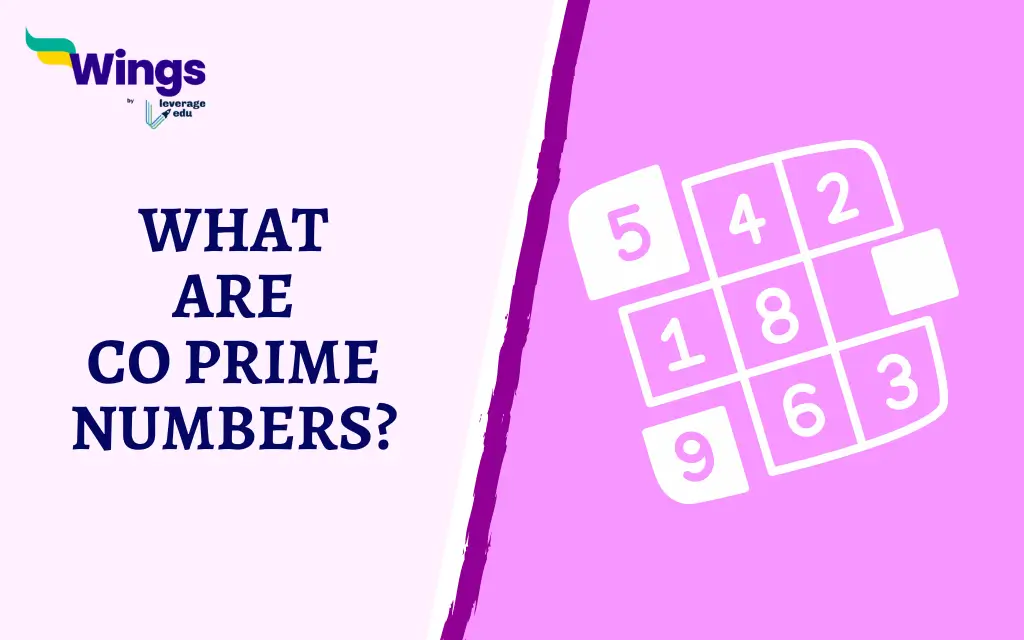Co Prime numbers are also known as relatively prime or mutually Prime numbers. They are pairs (or sets) of integers that share only one Common Factor which is 1. In simpler terms, these numbers have no common divisors other than 1. Furthermore, Co Prime numbers do not have to be Prime Numbers themselves! Additionally, a Prime number, by definition, has exactly two factors (1 and itself). For example, 8 and 9 are Co-prime even though neither is prime. The factors of 8 are 1, 2, 4, and 8, while the factors of 9 are 1, 3, and 9. Therefore, since their only Common Factor is 1, they are considered Co prime.
Also Read: What is the Difference Between Prime and Composite Numbers?
Examples of Co Prime Numbers
In addition, here are a few Examples of Co Prime Numerals to help you understand the concept better:
- 4 and 7: The factors of 4 are 1, 2, and 4. The factors of 7 are 1 and 7. Hence, their only Common Factor is 1, making them Co Prime.
- 15 and 16: While 15 (3 ✕ 5) and 16 (2^4) are not prime. However, they share no Common Factors other than 1. Therefore, they are Co Prime.
- 6 and 7: Here is an example of Non-Coprime numbers. Both 6 (2 ✕ 3) and 7 share the common factors 1 and 3, thus disqualifying them from being Co Prime.
Also Read: Number System Aptitude Tricks
What are the Co Prime Numbers from 1 to 100?
While there is no finite list of numbers, here are some examples from 1 to 100:
- (2, 3), (3, 4), (5, 6), (7, 8), (8, 9), (11, 12), (13, 14), (16, 17), and so on.
Also Read: 21 Interesting Facts about Maths That Will Blow Your Mind
Are Co-Primes always Prime?
No, Co-Prime numbers are not always prime. As we saw in the examples, Composite numbers (numbers with more than two factors) can also be Co-prime as long as they share no common factors other than 1.
Therefore, here is a key takeaway:
- All prime numbers are co-prime with each other.
- However, not all co-prime numbers are prime.
Related Blogs
I hope this helps! Did you like learning about What are Co Prime Numbers? Keep reading our blogs to learn more about the basic concepts of Maths!
 One app for all your study abroad needs
One app for all your study abroad needs














